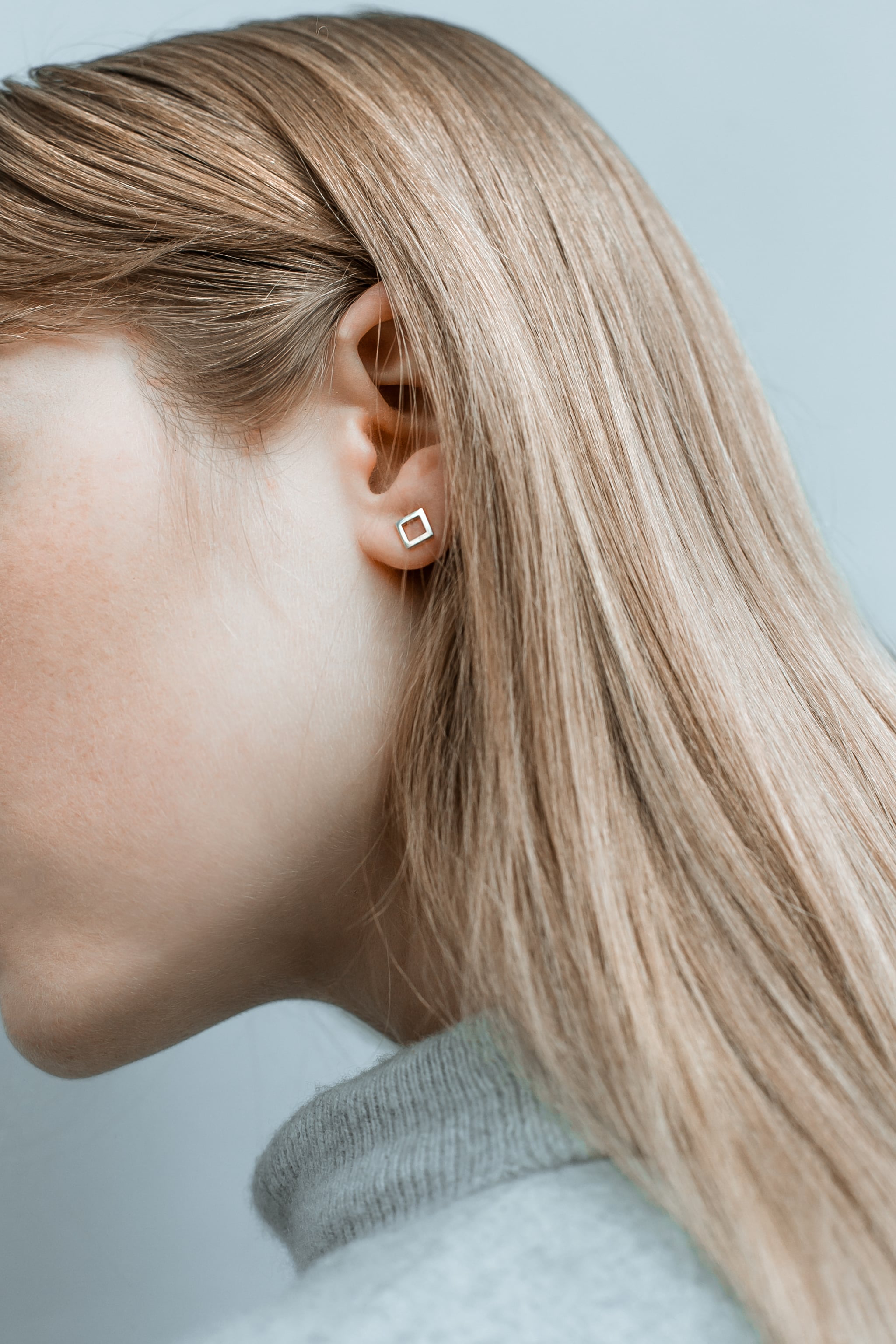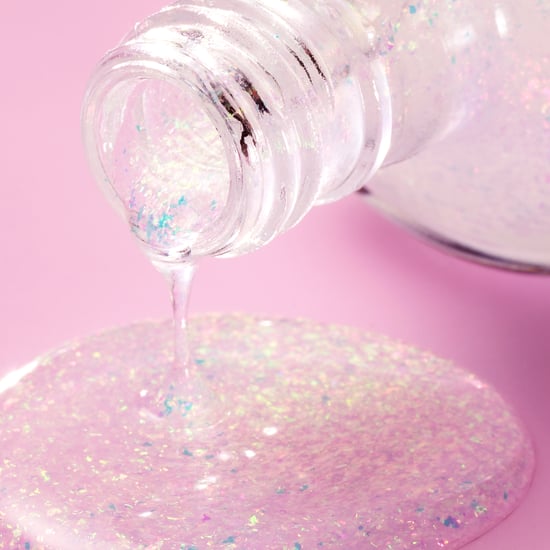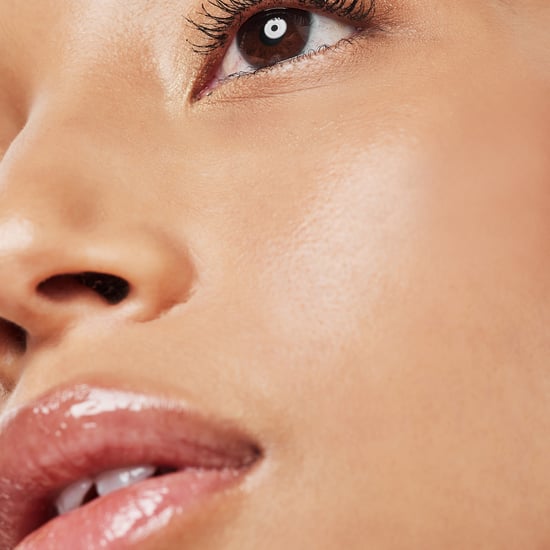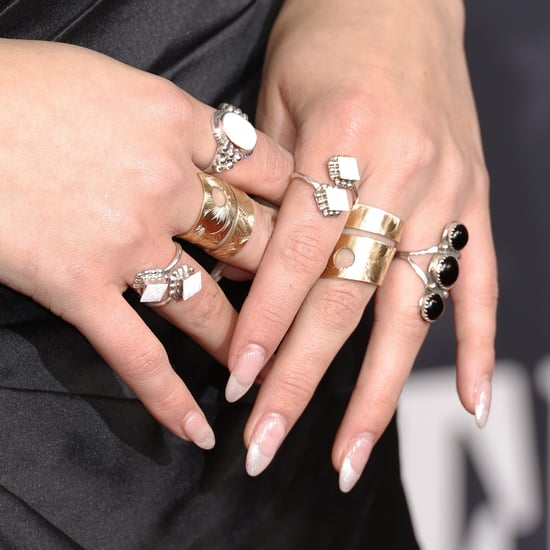How to Get Rid of Bumps on Piercings and Common Causes
Have a Bump on Your Piercing? We Asked a Professional How to Get Rid of It

The obvious goal for when you get a new piercing is for it to heal perfectly so that you can put in fun jewellery and show it off. Unfortunately, though, that doesn't always happen. Despite your best efforts, the healing process can be a long and challenging period in which your new piercing gets irritated, becomes infected, and even develops a bump. When this happens, it can feel like all hope is lost and the only possible resolution is to remove it, but have no fear — there are steps you can take to fix the problem.
First things first: you need to identify what type of bump is on your piercing. (Yes, there are multiple different kinds.)
Common Types of Piercing Bumps
One type of piercing growth is called a keloid. "It's defined as an uncontrolled overgrowth of scar tissue consisting of different types of collagen," Johnny Pearce from Nine Moons Piercing told POPSUGAR. "Keloids can happen to any type of wound or injury, no matter the size or area of the body."
These growths often feel hard to the touch and develop around the puncture wound. Unfortunately, if you do determine that you have a keloid, you can't fix it at home. "Once a keloid forms, they are permanent unless surgically removed or treated [by a doctor]," he said. Keloids are often genetically inherited so chances are, your family has a history of scar issue forming around injuries.
Keloids aren't the only type of bump that can occur on a piercing. "You may hear your piercer refer to it by any number of names like hypertrophic scar tissue, granulated tissue, or unstable scar tissue, but for the sake of commonality, we can just call it an irritation bump," said Pearce.
There are a number of things that can cause an irritated bump to form. "It's a crazy world out there and the possibilities for causing piercing irritation are infinite." Once you've determined the bump on your piercing isn't a keloid you can start taking steps to get rid of it.
How to Get Rid of Piercing Bumps
Luckily, bumps caused by irritation are temporary. "In order for the irritation bump to subside as quickly as possible, we need to try to identify the source of the irritation so we can make alterations accordingly," said Pearce. "The more you touch, snag and sleep on it, the bigger the bump will get and longer it will be there."
When trying to nail down the root of the issue, Pearce listed off the following common things to consider: sleeping on your piercing; touching-twisting-turning-handling your piercing in any fashion; snagging your jewellery on your hair or clothing; usage of ear buds or wipes; potential pressure from headphones or phone usage; pressure or contact from your face mask ear loops; exposure to harsh products like rubbing alcohol or peroxide; pressure from helmets and winter hats; interactions with small children and pets.
Low-quality jewellery is a common culprit of irritation and infection. "Unfortunately, a great deal of the body jewellery is of subpar quality and may contain alloys/materials that you're allergic to," Pearce said. "Quite literally, you could be wearing the irritation that's causing your bump."
Another thing to consider about the jewellery in the piercing is how it fits. "More often than not, the measurements of your piercing jewellery when first pierced are suited specifically for initial piercings [editor's note: this usually accounts of swelling and inflammation] and are not intended for long-term wear," he said. "After a month or two, it's imperative you schedule a follow-up appointment to have your jewellery adjusted to a more appropriate fit for your ear." Having jewellery in that's the correct size helps lower your risk of accidentally bumping, snagging, or pulling on your cartilage piercing or earring.
"Bubbles and bumps on your piercing can be a huge bummer and even affect your self-esteem, but don't lose hope and don't take out your jewellery," said Pearce.
If you attempt to mitigate your piercing woes at home with no luck, a visit to a professional piercer should get you on the right track.






